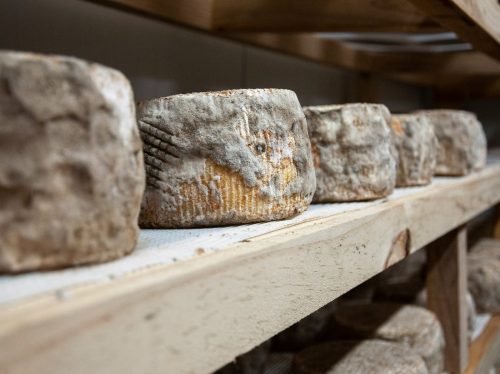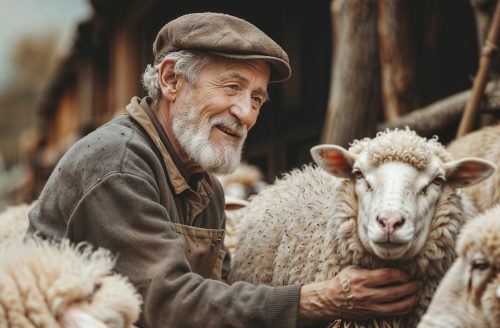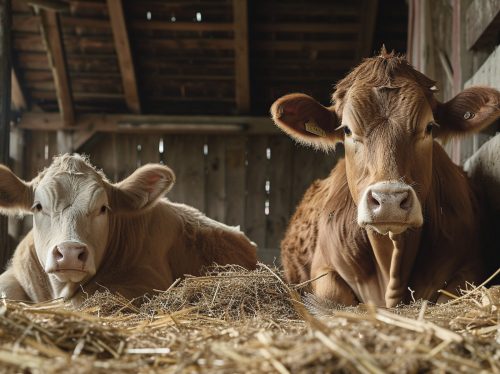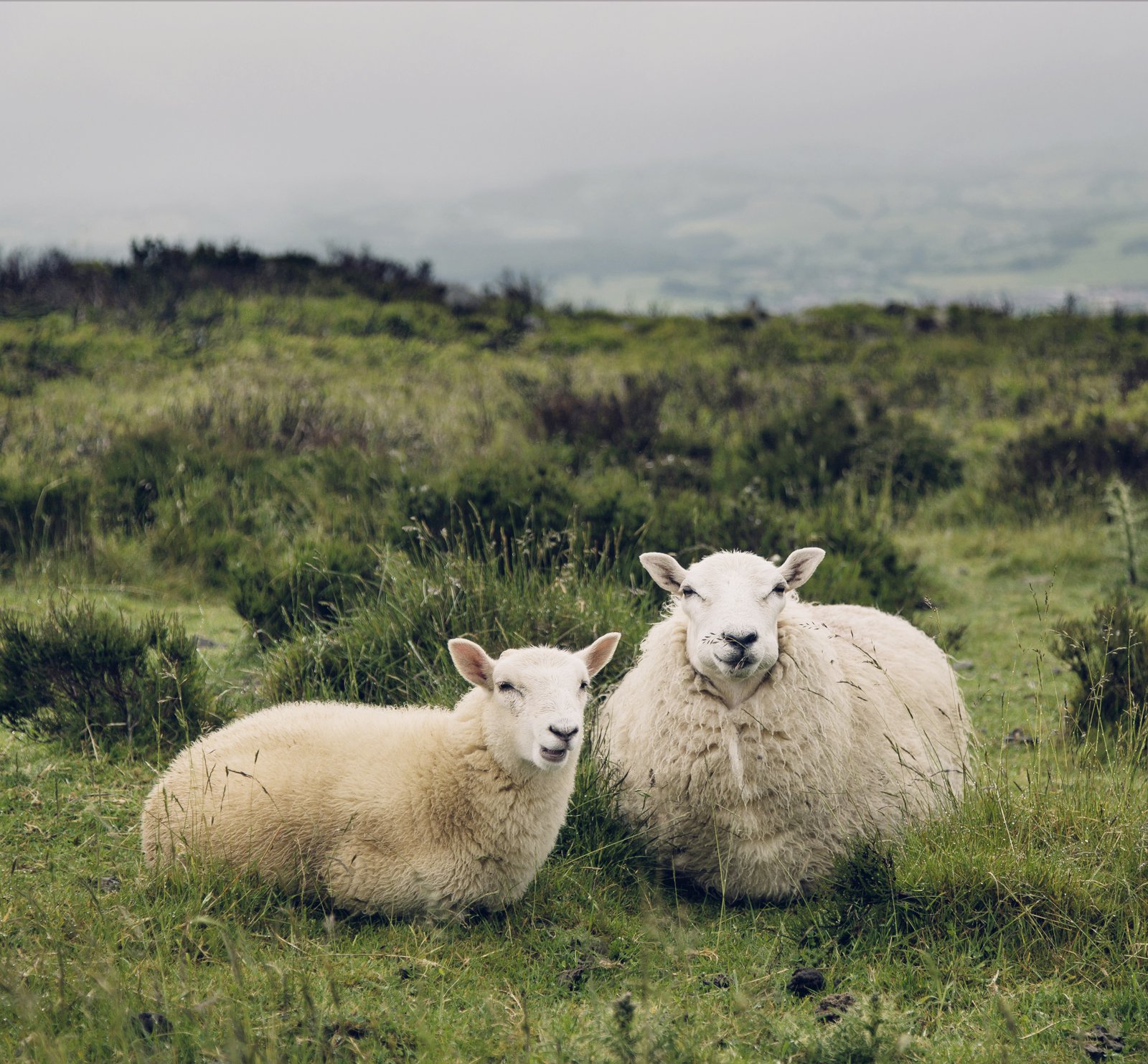
Cheese is more than just food; it is a timeless craft that has graced tables for centuries, celebrated for its diversity, flavors, and cultural significance. The journey of cheese, from a fresh drop of milk to a perfectly aged wheel, is a fascinating story of tradition, science, and artistry. Let’s explore the intricate process of cheese making, the role of farmers and cheesemakers, and its enduring appeal.
Cheese making dates back thousands of years, with origins that are believed to coincide with the domestication of animals. Ancient cultures discovered that milk, when left to sour naturally, could transform into a more durable and flavorful food product. Over time, techniques evolved, with civilizations like the Egyptians, Greeks, and Romans refining the craft into an art form. Today, cheese remains a cornerstone of culinary traditions worldwide, with over 1,800 documented varieties.
While science lays the foundation, craftsmanship elevates cheese to an art form. Cheesemakers rely on intuition, tradition, and a deep understanding of their materials. They tweak recipes, monitor conditions, and innovate to create cheeses that delight the palate.
Behind every great cheese is a dedicated farmer and the hard work of a family farm.
The Cheesemaker’s Touch
Cheese is not just food; it is a testament to the human ability to transform nature’s raw offerings into something extraordinary. Its story begins thousands of years ago, deeply rooted in the earliest agricultural societies. From the moment humans discovered that milk could be preserved and transformed into a new substance, cheese has been a symbol of both survival and creativity. Over centuries, the process of cheese making has evolved from a simple necessity into a celebrated craft, blending tradition, science, and artistry.
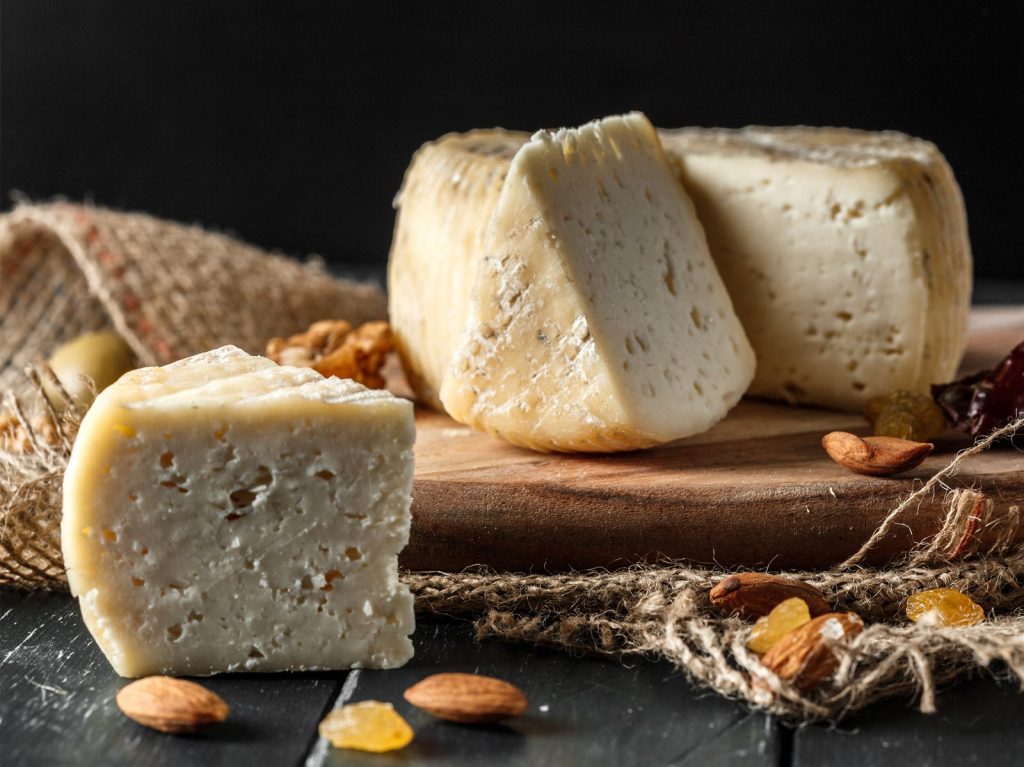
At the heart of every great cheese is the farm. The journey begins with milk, and its quality is a reflection of the care and expertise of the farmer. The environment where animals graze, the quality of their feed, and even the air they breathe contribute to the milk’s character. This concept, known as terroir, connects cheese to its place of origin in the same way wine reflects the land and climate of its vineyard. Farmers who prioritize ethical practices and sustainable methods create a foundation for cheeses that are as wholesome as they are flavorful.
The transformation of milk into cheese is both a precise science and a deeply intuitive art. The process starts with fresh milk, which may be pasteurized to ensure consistency or left raw to preserve its natural essence. The introduction of bacterial cultures sets the milk on a journey of fermentation, while rennet, a natural enzyme, causes it to coagulate. The resulting curds are then separated from the liquid whey, marking the first visible step in the alchemy of cheese making. From this point, the choices of the cheesemaker—how the curds are cut, cooked, molded, and aged—shape the cheese’s final character.
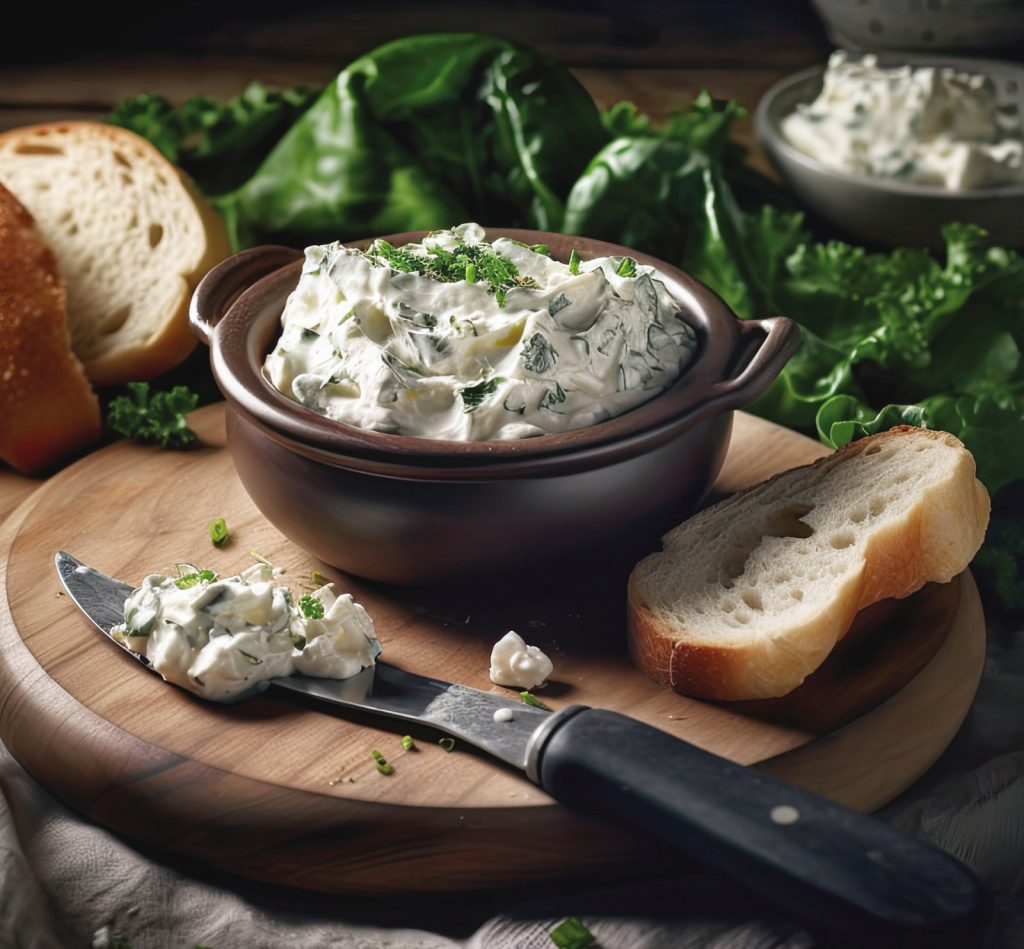
Aging, or affinage, is where the true artistry of cheese making comes to life. Wheels of cheese are nurtured in carefully controlled environments, where temperature and humidity are monitored to allow natural molds and bacteria to flourish. This process can take weeks, months, or even years, during which the flavors mature and intensify. The cheesemaker’s experience and intuition guide this phase, ensuring that every wheel develops its intended texture, aroma, and taste. Each cheese, from the creamy decadence of a Brie to the crystalline crunch of an aged Parmesan, tells a unique story shaped by time and craftsmanship.
- The Art of Cheese Making
- The Role of Craftsmanship
- Sustainable Dairy Farming
Cheese is more than the sum of its parts. It is a cultural artifact, deeply tied to the traditions of the regions where it is made. The methods passed down through generations, often unchanged for centuries, carry with them the essence of place and history. Iconic varieties like Cheddar, Gouda, and Roquefort owe their identities to the landscapes and people that created them. Today, artisanal cheesemakers around the world continue to innovate while respecting these age-old traditions, creating new varieties that push the boundaries of flavor and texture.
The enduring appeal of cheese lies in its universality and versatility. Across cultures, it plays a role in both everyday meals and grand culinary presentations. Whether it’s the comfort of a melted grilled cheese sandwich, the elegance of a fine cheese platter, or the subtle sophistication it adds to a gourmet dish, cheese holds a special place on the table. The resurgence of interest in locally sourced and handmade foods has also elevated cheese to a symbol of the farm-to-table movement, connecting consumers with the origins of their food.
Building Trust as a Cybersecurity Expert
As the world moves toward more sustainable food systems, the future of cheese making is adapting in remarkable ways. From regenerative farming practices to innovations in plant-based cheeses, the industry is evolving to meet the demands of a changing planet while staying true to its artisanal roots. In this balance of tradition and progress lies the promise of cheese making’s enduring legacy.
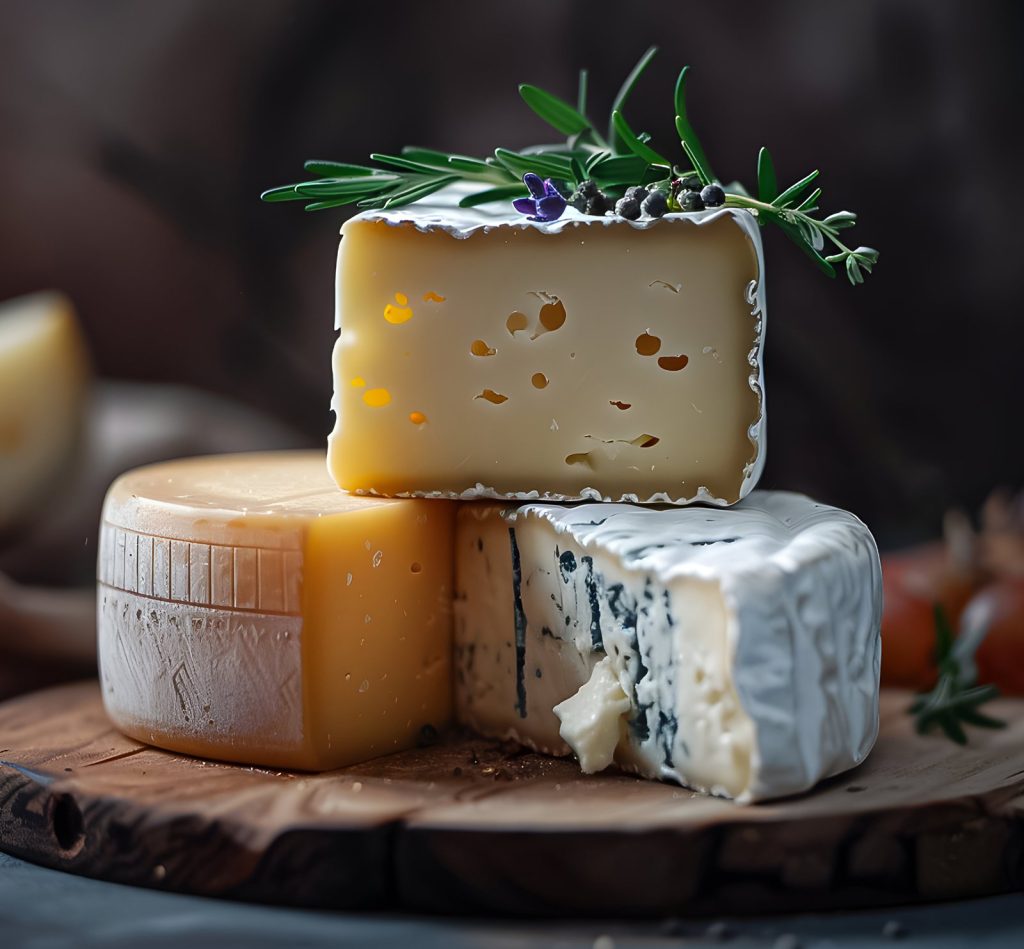
Cheese making is, at its core, a labor of love. From the farmer tending to the animals to the cheesemaker perfecting every wheel, the process embodies a profound respect for nature and craftsmanship. The next time you savor a piece of cheese, remember the artistry and dedication behind its creation—a journey that begins on the farm and ends in a simple moment of culinary bliss.
Agriculture has always been a cornerstone of human civilization, evolving from rudimentary practices to a sophisticated and essential industry. In an age of automation, globalization, and industrialized farming, craftsmanship remains a vital, yet often overlooked, aspect of modern agriculture. Far from being a relic of the past, craftsmanship in farming embodies the values of precision, sustainability, and creativity, bridging tradition with innovation.
The Role of Craftsmanship in Modern Agriculture
At its core, craftsmanship in agriculture is the deliberate, skillful approach to working with the land, plants, and animals. It is a practice rooted in knowledge passed down through generations, yet flexible enough to adapt to the demands of the present. Whether it’s the careful selection of seeds, the nurturing of soil health, or the artful pruning of crops, craftsmanship involves a deep connection to the natural world. This relationship is not only practical but also philosophical—farmers and growers who practice craftsmanship often view their work as a partnership with nature rather than a process of domination.
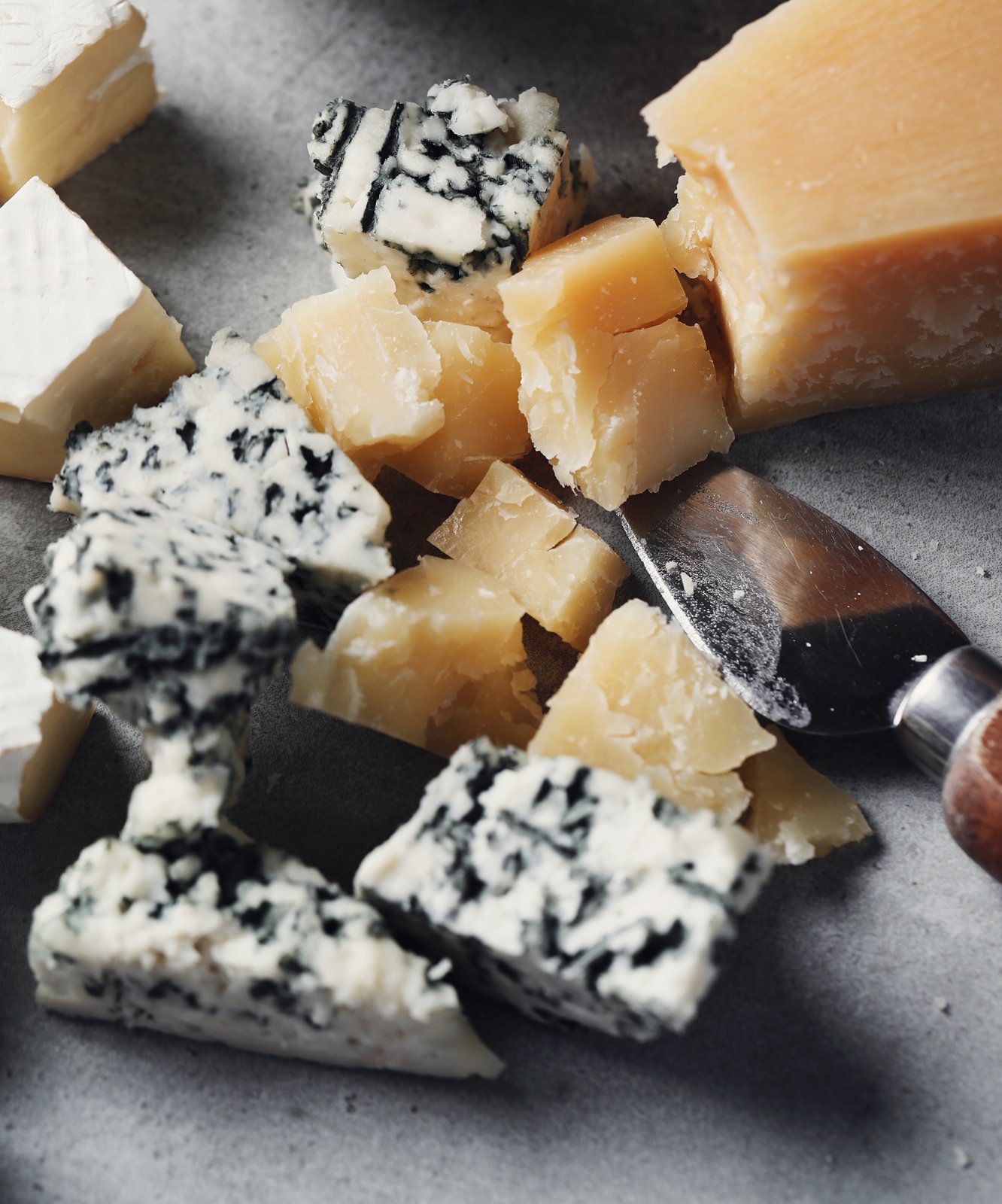

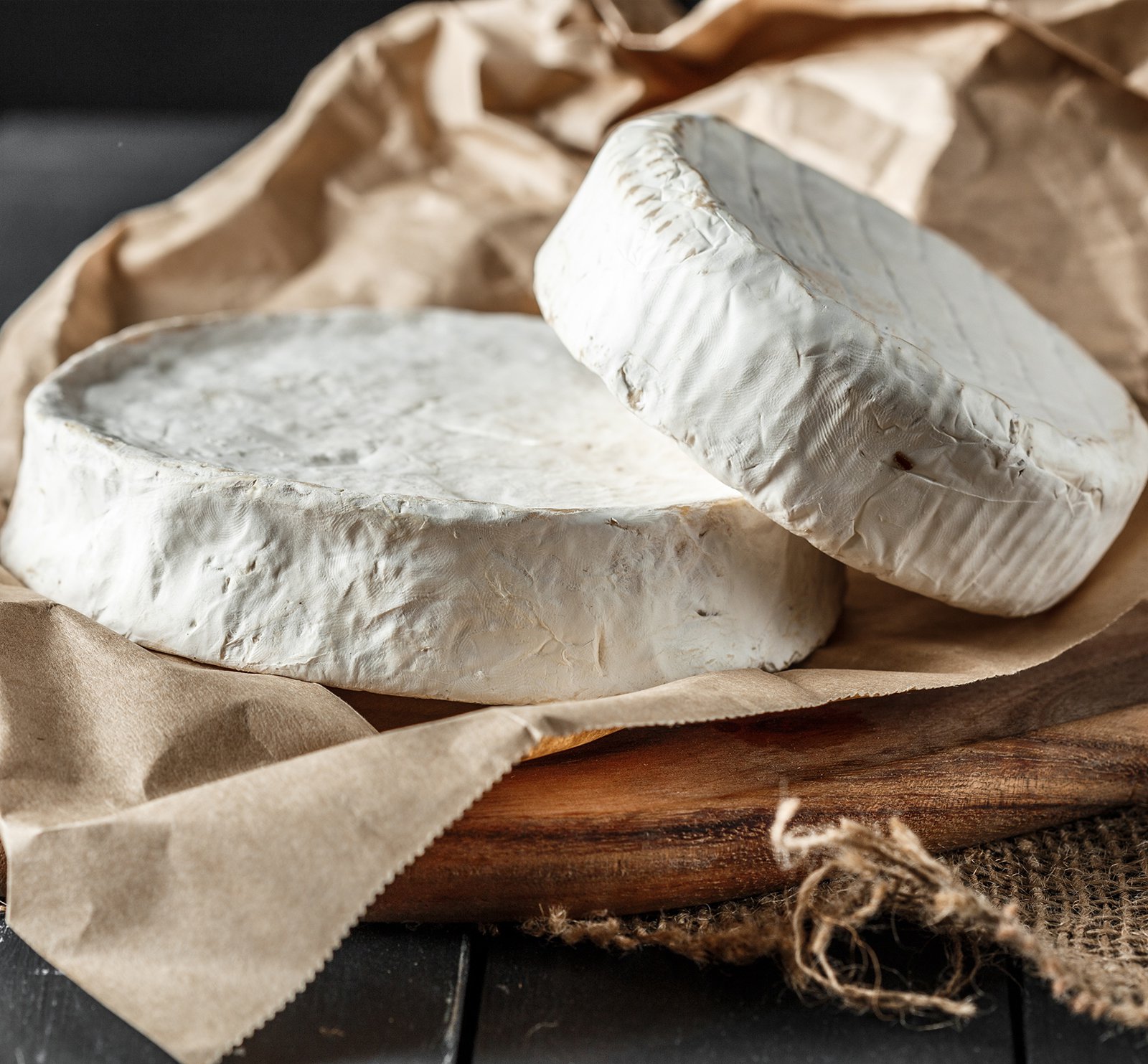
In modern agriculture, where mass production often takes precedence, craftsmanship provides a counterbalance to the mechanized and impersonal aspects of industrial farming. Craftsmanship brings a human element to agriculture, emphasizing quality over quantity. For example, small-scale organic farms that prioritize hand-harvesting and minimal processing produce crops that reflect the care and attention of their growers. Similarly, artisanal cheesemakers, vintners, and bakers often credit the superior taste and texture of their products to techniques that rely on intuition and expertise rather than automation.
The resurgence of interest in sustainable and regenerative farming practices has further highlighted the importance of craftsmanship. In these systems, farmers act as stewards of the land, employing methods that restore ecosystems and enhance biodiversity. Practices like crop rotation, companion planting, and rotational grazing require not only technical knowledge but also a keen awareness of the environment. Craftsmanship in these contexts becomes a dynamic process, where decisions are guided by observation, experience, and a respect for the intricate balance of natural systems.

